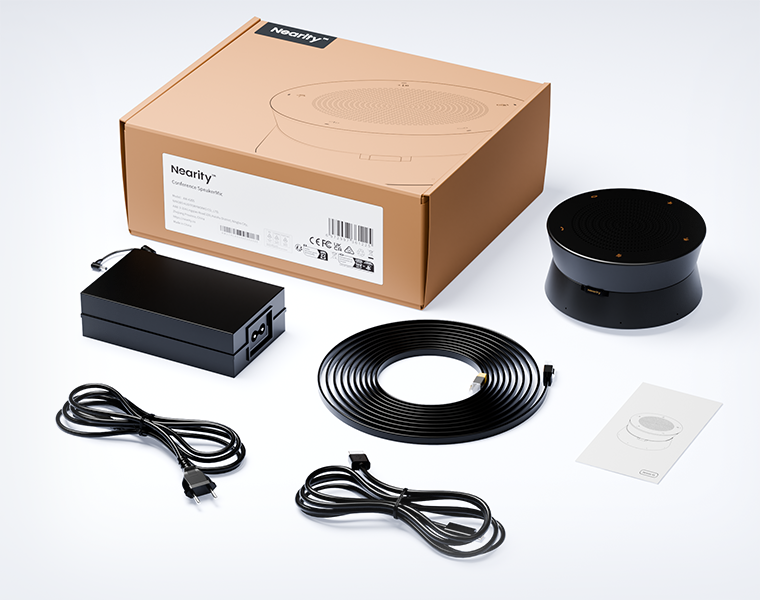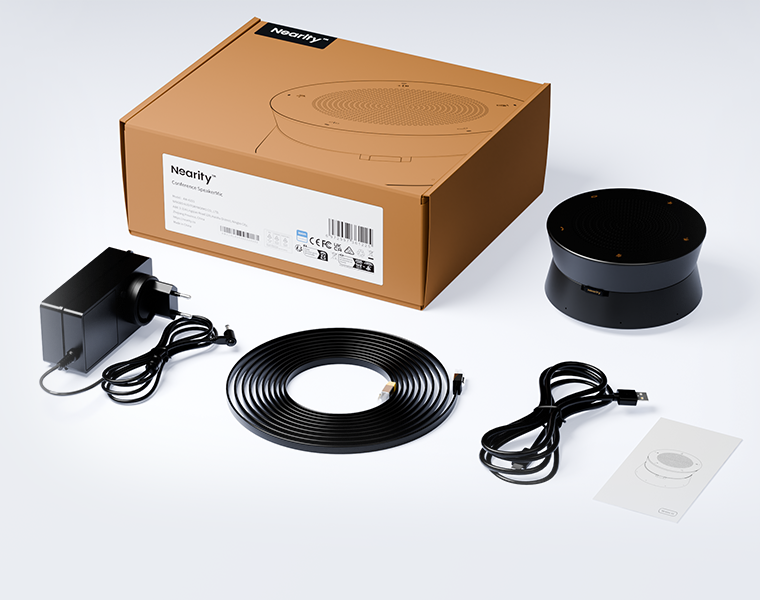Automatic Gain Control (AGC) automates audio level management by continuously monitoring and adjusting microphone or line-level inputs to hit a reference loudness target. Rooted in early radio receiver technology from the 1920s, AGC has evolved into an indispensable tool for modern content creators and remote collaboration. Its closed-loop architecture—comprising a variable gain amplifier, level sensing, and feedback control—enables seamless volume normalization across diverse sources without manual intervention. Key advantages include improved speech intelligibility, hands-free operation, and built-in clipping protection, making AGC invaluable for podcasts, VoIP calls, and hybrid workspaces. However, its automatic nature can flatten dynamic nuance, amplify unwanted noise during pauses, and react too slowly or aggressively to rapid signal changes. Understanding AGC’s attack/release characteristics and combining it with noise gating or external compressors helps mitigate artifacts. Speakerphones like the Nearity A20S/A21S illustrate how advanced AGC engines, paired with beamforming mic arrays and AI-driven noise reduction, deliver balanced, professional-grade audio for any virtual meeting or recording scenario.
Ever been in a virtual meeting where some voices are barely audible while others blast your eardrums? Or recorded audio only to discover inconsistent volume levels? These fluctuations can be frustrating and detract from overall experience. That’s where AGC—Automatic Gain Control—swoops in to save the day. Whether you’re a content creator, remote worker, or online meeting regular, mastering AGC ensures your audio stays in a sweet spot, no matter who’s talking or how loudly.
What Does AGC Stand For?
AGC, or Automatic Gain Control, is a built-in audio feature that smartly adjusts incoming sound levels in real time. Instead of you fiddling with volume knobs or sliders, AGC continuously “listens” to the signal and turns the gain up or down so that quiet passages become audible and loud peaks stay smooth.
At its core, AGC acts like an automatic volume watchdog: it measures the average loudness of your mic or line input, compares it to a target level, and then boosts or attenuates the signal to keep everything within a consistent range. This “gain riding” prevents sudden jumps in volume, tames background noise during pauses, and delivers a steady, normalized sound—ideal for podcasts, conference calls, and any scenario where balanced audio is key.
How Does AGC Work Under the Hood?
At its core, AGC is a closed-loop feedback control system. Here’s a practical breakdown (see Figure 1):
- Variable Gain Amplifier (VGA): The input signal enters a VGA whose gain is set by a control voltage VC.
- Output Sensing: The amplified signal’s level (VO) is sensed—often via a peak detector or RMS meter.
- Comparison & Control Voltage: That sensed level is compared against a reference target. If it’s too high, the system lowers the gain; if it’s too low, it raises gain.
- Feedback Loop: This comparison generates VC, which continuously adjusts the VGA gain to hit the target output.
Brief History of AGC
AGC’s roots trace back to Harold Alden Wheeler, who in 1925 invented the first diode Automatic Volume Control (AVC) for radio receivers—patented shortly thereafter and popularized by Philco Model 95 in 1929. In 1928, Karl Küpfmüller analyzed AGC dynamics, laying theoretical groundwork that persists today. By the early 1930s, most commercial AM radios featured AGC, taming wild volume swings caused by signal fading and station strength variations.
The Pros and Cons of AGC
AGC delivers hands-free volume leveling that’s invaluable in many contexts—from live streaming to radio reception—but it also brings trade-offs like reduced dynamic range and potential artifacts. In the sections below, we’ll explore key advantages and drawbacks, illustrating each with practical examples.
✨ Pros of Automatic Gain Control
- Consistent Loudness Across Sources: During a multi-speaker webinar, AGC automatically boosts a quieter presenter’s microphone and attenuates a louder one, keeping all voices at a similar level for the audience. Besides, when recording interviews in different rooms or with varying mic distances, AGC normalizes each guest’s volume in real time, reducing post-production leveling work.
- Prevents Clipping & Distortion: In AM/FM tuners, AGC reduces gain when signal peaks threaten to overload the amplifier, preventing harsh clipping during fades or when switching stations. Also, portable radios use AGC to tame sudden loud noises (e.g., sirens) so speech remains intelligible without distortion.
- Hands-Free Operation: Devices like the Nearity A20S leverage AGC so you never have to adjust faders mid-meeting—AGC handles it for you, letting you focus on discussion, not dials. And hearing Aids using AGC technology ensures quiet sounds (a whisper) are audible while loud noises (traffic) are not painful, all without user intervention.
- Improved Speech Intelligibility: In VoIP & Intercom Systems, AGC raises the gain on soft speech during breaks, then quickly dials it back when someone talks louder—keeping every word clear.
⚠️ Cons of Automatic Gain Control
- Flattened Dynamics & Musicality Loss: In classical music recording, AGC will brighten soft pianissimos and compress fortes, erasing intended dynamic contrast and “musical breathing”. Producers therefore disable AGC on high-fidelity recordings.
- “Pumping” and Background Hiss: In terms of quiet passages in audio, when AGC rapidly boosts gain during pauses (e.g., between podcast segments), ambient room noise or microphone hiss becomes noticeable, then is cut off abruptly when speech resumes, creating a distracting “pumping” effect.
- Delayed or Over-Reactive Response: When it comes to fast-changing signals (Morse Code), AGC may be not good. In QSK (full break-in) Morse operations, AGC that’s too slow delays response to dot-dash transitions; AGC that’s too fast can over-react to each blink, causing gain overshoot.
- Amplification of Unwanted Noise: In low-light video recording, camera AGC boosts gain in dark scenes—making image brighter but also amplifying sensor noise and grain alongside the desired signal.
- Limited Control for Skilled Users: In professional broadcast Studios, engineers often prefer manual gain staging and dedicated compressors/limiters to shape dynamics artistically; AGC’s automatic adjustments can conflict with manual processing chains.
Nearity Speakerphones: AGC in Action
Here are two standout Nearity speakerphones that harness AGC for crystal-clear conference audio on Zoom, Teams, or hybrid setups:
Nearity A20S: Scalable Conference Speakerphone

Equipped with 8 MEMS mics and a 5 m/16.5 ft pickup, the A20S’s AGC balances voices across the room, ensuring each participant sounds equal—whether they whisper from the corner or shout at the whiteboard. Portable, full-duplex, USB-powered, and daisy-chainable for larger spaces, it runs on Windows, macOS, and Linux.
Nearity A21S: Zoom Certified Speakerphone with AI 2.0 Noise Cancelling

Featuring eight beamforming mics and deep-learning noise reduction, the A21S automatically adjusts gain and filters, balancing voice volumes within the 16ft range. It delivers 3W speaker with 220 Hz to 12 kHz response, offers PoE connectivity, sleek touch controls, and scales up via daisy-chain for classrooms or boardrooms.
Conclusion
Gone are the days of fiddling with faders mid-call or editing out wild volume swings afterward. AGC is your backstage audio engineer—silently turns the dials, so every voice is heard, every word matters, and every recording sounds polished. Next time you hop on Zoom, stream live, or hit “record,” let AGC do the heavy lifting.
Frequently Asked Questions (FAQ)
Q1: Do I always need AGC on for clear audio? It depends on your use case. For most speech-focused scenarios—like podcasts, conference calls, or vlogs—AGC is a terrific safety net that levels out volume swings. But for music recordings or critical dynamic content, you may prefer manual gain staging and dedicated compressors to preserve natural dynamics.
Q2: Does AGC introduce latency or artifacts? Basic AGC designs typically operate in real time with negligible latency, so you won’t notice delays in live calls. However, very aggressive AGC settings can cause “pumping” (audible gain fluctuations) or elevate background hiss during quiet passages. Adjust attack/release times or blend AGC with noise gates to tame these artifacts.
Q3: How do I fine-tune AGC settings? Most conferencing apps and devices offer a simple on/off toggle. Pro audio interfaces and DAWs let you dial in parameters like target level, attack, and release. Start with default settings, then speak or play at your softest and loudest levels to adjust until transitions feel natural—no sudden jumps or excessive noise.
Q4: Can AGC work across multiple microphones? Yes—many modern conference speakerphones (e.g., the Nearity A20S/A21S) use an array of mics with a central AGC engine to balance each input so every participant sounds equally clear, regardless of mic distance or room position.
Q5: Is AGC the same as a compressor or limiter? Not exactly. AGC continuously nudges gain to maintain an average target level (“volume leveling”), whereas compressors apply dynamic gain reduction based on threshold and ratio settings for creative control. Limiters are extreme compressors that prevent clipping. You might use AGC for broad leveling and compressors/limiters for precise shaping.
Q6: Will AGC fix noisy room recordings? AGC can inadvertently boost room noise during quiet moments. Combine it with noise suppression (e.g., Zoom’s background noise filter or AI-driven algorithms on the A21S) to keep hiss and ambient sounds in check.
Q7: Should I enable AGC on my smartphone camera? Smartphone AGC boosts gain in low-light, which brightens the scene but also amplifies sensor noise. If you’re shooting video in challenging light, consider using manual exposure or an external mic with its own gain control instead.
















